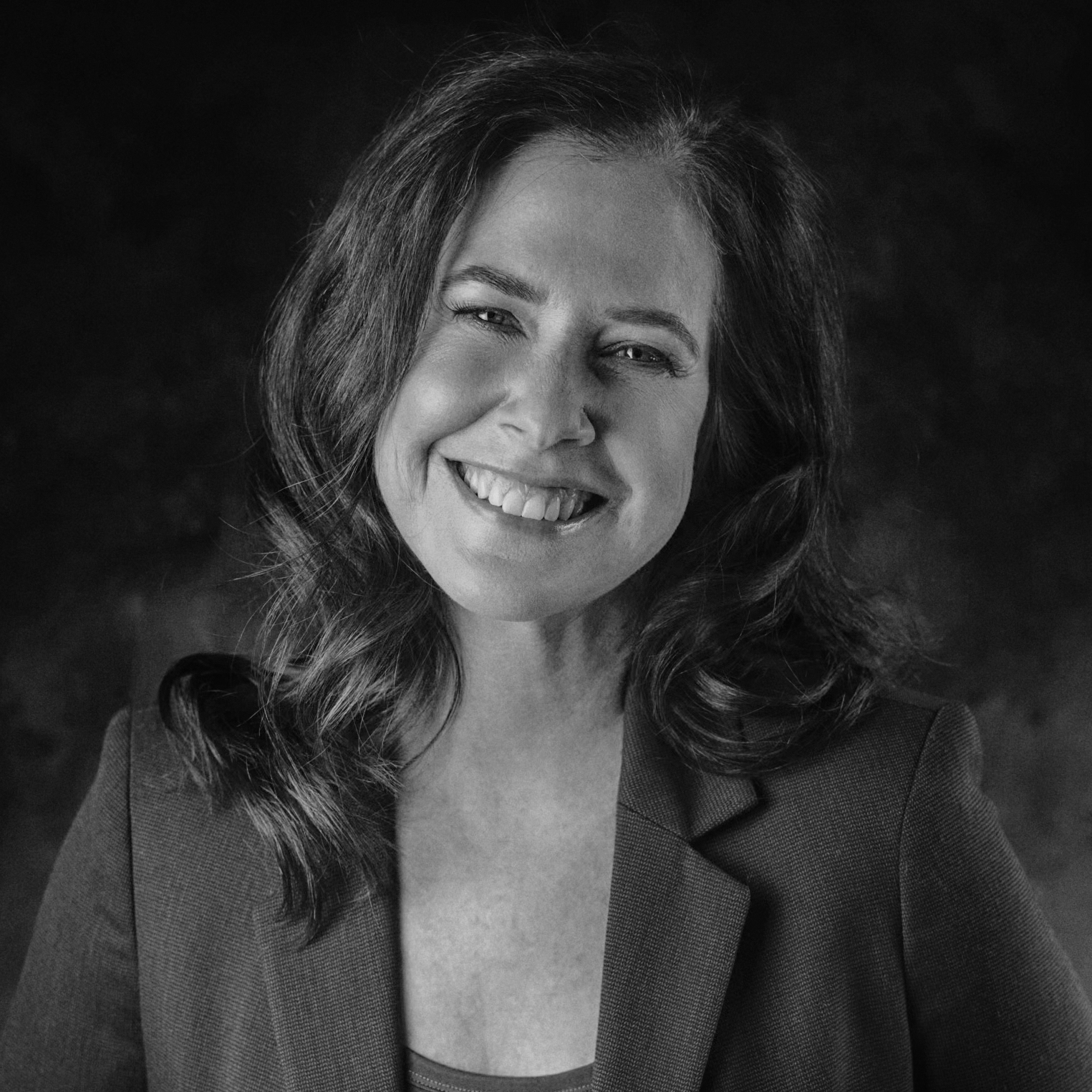What are Unsecured Personal Loans?

With credit, there are plenty of ways to borrow. But how do you access it? In order for a borrower to qualify for credit, lenders typically review their credit history, which is used to assess that borrower’s risk. A personal loan can be helpful for those seeking to finance a large purchase or cover an emergency expense.
What is a personal loan?
Personal loans can be used to fund a wide range of expenses. They can be used to pay for home improvements, medical bills, and emergency expenses.
Personal loans can also be used for debt consolidation. Instead of keeping track of multiple debt repayments, you combine all your debts into a single payment. In some instances, you may end up paying a lower interest rate.
Personal loans are available at banks, credit unions, and through online lenders. The better your credit score, the more lenders and loan options you’ll have to choose from.
Borrowers receive a lump sum when they take out a personal loan. Repayment for the loan amount typically occurs through installments with interest, and possibly fees, depending on the lender.
Borrowers may qualify for unsecured and secured personal loans depending on their creditworthiness, which is what lenders use to justify an extension of credit.
Unsecured vs. secured personal loans
Unsecured personal loans
With an unsecured personal loan, lenders approve borrowers for a loan amount based on their creditworthiness.
Lenders use financial information such as a borrower’s credit score and credit history to determine eligibility. For this reason, borrowers with a low credit score may face higher interest rates.
When a lender grants an unsecured loan, it trusts the borrower will pay the money back. Examples of unsecured loans include student loans, consolidation loans, and general installment loans.
Secured personal loans
When a borrower takes out a secured personal loan, property or an asset is used as collateral. Because of the collateral, lenders may be more willing to extend credit to riskier borrowers. Examples of secured personal loans include mortgages, home equity loans, and car loans.
For a secured personal loan, the creditor has the title or an interest in the property until the borrower completely pays off the loan. If the borrower fails to repay the loan, the lender can repossess the asset to recoup their loss. For example, borrowers who fail to make mortgage payments may have their property repossessed by their creditors.
Unsecured vs secured loans: What’s the difference?
| Unsecured | Secured | |
| Collateral | No | Yes |
| Loan amount | Based on an applicant’s creditworthiness and income | Based on the value of collateral |
| Interest rate | Typically higher than secured loans | Typically lower than unsecured loans |
| Default Risk | Lender can’t take personal property | Lender can take personal property and your property may be sold to pay off the loan |
Source: CFPB
5 steps to get an unsecured personal loan
1. Assess your budget
Taking out too much debt at once can strain your finances. Review your current debt and income to determine whether you’ll be able to realistically make timely repayments on a new debt. It may also be worth asking your lender if they provide an autopay discount on interest rates for setting up automatic payments.
2. Review your credit history
To gain an understanding of the type of loans you may be eligible for, check your credit score. The better your credit history, the better your chances of qualifying for an unsecured loan.
You can review your credit history for free from the three major credit bureaus at AnnualCreditReport.com. You can also find and dispute errors, which could end up impacting your credit score.
3. Compare lenders and prequalify
After reviewing your credit history and assessing your budget, it’s time to start researching lenders and loan options. Some factors to take into consideration when shopping for lenders include the loan amount, monthly payment, and interest rate.
Some lenders will prequalify borrowers, so you can see the types of loan terms and the interest rate you qualify for without submitting a formal application. Prequalifying for a loan doesn’t impact your credit score. Shop around and compare loan rates to find the best deal for you.
4. Gather personal financial information
Once you decide on a loan to apply for, collect your personal financial information. Lenders may ask for your Social Security number, tax returns, and checking account information during the application process.
5. Apply for one loan
Once you’ve gathered the necessary personal information, it’s time to fill out the loan application. It’s best practice to apply for a single loan at a time, as too many credit checks within a short time frame on your credit report can look unfavorable to lenders. Depending on the lender you choose, you may receive loan funding as soon as the day you apply or the next business day.
What to avoid when looking for a personal loan lender
It’s important to be wary of scams when applying for a new loan.
Lenders with confusing loan terms
Before applying for a loan, review a creditor’s website. Reputable companies are transparent about their lending practices and loan rates. Online reviews from websites like the Better Business Bureau can help you determine if a lender is legitimate.
Loan offers over the phone
It’s illegal for a lender to offer someone a loan over the phone. A loan offer must be in writing.
Lenders that ask for money upfront
Some lenders do charge an application fee or other fees, but reputable lenders disclose this information to borrowers. It’s best to avoid lenders asking you for money in exchange for a lower interest rate. Legitimate lenders won’t have customers hand over money before they’re approved for a loan.
What’s the interest rate for an unsecured personal loan?
There is no universal interest rate for an unsecured personal loan. Every lender will charge different rates based on an applicant's credit score, credit history, and overall financial picture.
Typically, borrowers with good credit scores can expect to receive more reasonable rates, better loan options, and more favorable repayment terms.
In May 2024, the average interest rate on a 24-month personal loan from a commercial bank was 11.92%, according to the Federal Reserve.
It’s important to note that late loan payments can result in late fees or potentially impact your interest rate.
What to look for in an unsecured personal loan
APR
The annual percentage rate, also known as APR, for a loan is the total price you’ll end up paying to borrow. It includes costs such as the interest rate, origination fees, and prepayment penalties.
Normally, the APR for your loan will be based on your credit score and credit history.
Interest Rate
Generally, unsecured personal loans have fixed interest rates, as they’re paid back in installments. A fixed interest rate will give you an established monthly payment. Some lenders do offer loans with variable interest rates, where the interest owed can fluctuate over the life of the loan.
An unsecured loan may have a higher interest rate than a secured loan because they don’t require collateral. There is no standard interest rate for an unsecured personal loan. A lender may take into account your credit score, annual income, and debt-to-income ratio when determining a borrower’s interest rate.
Monthly Payment
Before taking out a new personal loan, it’s important to confirm that you can make the monthly payments. Make sure you are comfortable paying back the loan on a consistent basis after you choose it. Review credit card debt and any other financial obligations you have that may impact repayment.
Loan Term
The loan term refers to the length of time it takes to repay the loan. Generally, the longer the loan term, the more interest you will pay over time. Lenders offering unsecured personal loans will have different loan terms, so it’s important to research and compare options. A personal loan calculator may be able to help you figure out the overall cost of the loan based on the loan term, interest rate, and amount you plan to borrow.
Can I get an unsecured personal loan with a bad credit score?
It may be difficult to qualify for an unsecured loan with a low credit score. Because there’s no collateral, lenders often impose high credit score requirements.
There are still some lenders who specialize in lending to people with bad credit, but you may end up paying high interest rates. Every lender uses different requirements to qualify borrowers, so it’s worth researching a loan that is aligned with your credit score.
What happens if I default on an unsecured personal loan?
Just because the bank won’t come and repossess collateral doesn't mean there aren’t repercussions for defaulting on an unsecured loan. Failing to make on-time repayments can lower your credit score, which can make borrowing more difficult in the future. If a borrower fails to repay an unsecured personal loan, the lender can start the debt collection process, report negative credit information to credit bureaus, and in some cases, take legal action against you.
Alternatives to unsecured personal loans
Unsecured personal loans are just one type of credit option for borrowers looking for funds. You may want to consider the following options, as well.
0% APR credit cards
If you have an excellent credit score, you may be eligible for this type of credit card. With a 0% APR credit card, there’s no interest charged for a specific introductory period, which typically ranges from 12 to 20 months. When paid on time, a 0% APR credit card is like an interest-free loan.
Payday alternative loan
Payday alternative loans, also known as PALs, are small-dollar loans distributed by credit unions. While it is necessary for borrowers to be credit union members, you may not need the best credit score to qualify for one. Instead, the lender will review your income and ability to repay.
Personal line of credit
If you don’t need a lump sum of cash, a personal line of credit may be a good loan option for you. A personal line of credit works similarly to a credit card; the lender will assign you a specific credit limit and you can take out funds as needed. Borrowers only pay interest on the amount they take out.
The bottom line
An unsecured personal loan can provide credit when you need it most. While unsecured loans often have higher interest rates than secured loans, they’re not backed by collateral, so a lender can’t seize your property if you default on the loan.
It is advisable to compare interest rates, lenders, and loan terms to find the best loan option for you.
Please note the below article contains links to external sites outside of OppU and Opportunity Financial, LLC. These sources, while vetted, are not affiliated with OppU. If you click on any of the links you will be sent to an external site with different terms and conditions that may differ from OppU’s policies. We recommend you do your own research before engaging in any products or services listed below. OppU is not a subject matter expert, nor does it assume responsibility if you decide to engage with any of these products or services.




